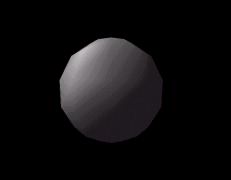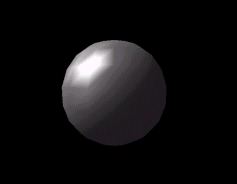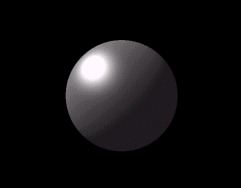| S3's Transform and Lighting Engine
White Paper Courtesy of S3 |
||||
|
Impact at application level Taking best advantage of hardware geometry features isn't just a hardware issue. Support is also needed at the application level - both in implementation and design philosophy. Implementation issues are the easiest to solve. Some existing applications will benefit immediately. Anything making use of OpenGL will gain an immediate performance benefit. This benefit is largest if the application uses OpenGL's display lists to compile geometry into a format that can be natively understood by the 3D geometry on the hardware. Microsoft's DirectX 7 also natively supports hardware geometry as applications that previously used Direct3D's transform pipeline can be ported to hardware geometry now with just trivial changes. And, re-implementing existing software-transform engines to use hardware transformation is usually not a difficult task. All in all, about 30% of the games launching for the 1999 holiday season will support hardware transformation. Of course, this doesn't really take advantage of what can be done with hardware geometry. In particular, most Direct3D and OpenGL applications are still doing lighting internally instead of passing the information to the API to allow accelerated hardware lighting. Applications can quickly be enhanced for hardware transformation, and the vast increase in polygon counts available (doubled at a minimum; while ten times or more is most likely) will encourage developers to do so. Some changes are very simple. Model dynamic level-of-detail changes can be made at farther distances from the user, improving distant object fidelity. Models can also be re-tiled to show smoother detail and better edges (this is likely to be an easy process, since the ultra high-detail models used to generate FMV sequences for games can instead be used in the games themselves). Finally, hardware lighting can be used to replace applications' internal lighting pipelines, and additional lights and effects are usually an easy enhancement both in implementation effort and visible effect! |
 Fig. 6,a,b,c - raising polygon counts improves the edge detail and lighting of objects.
In the near term, application developers - particularly game programmers - will use a similar paradigm to the one employed in the early days of hardware rasterization, where the application will be able to use both hardware and software to do transformations at the choice of the user. As high performance mass-market hardware geometry engines - with a demonstrable increase in performance over software geometry processing - become available, S3 expects the crossover period to be short. Summary Hardware lighting and transform is the single most important advance in PC 3D capability since the advent of the first 3D accelerator chips and, once again, S3 is leading this technology push. S3's Savage2000 has a feature set and performance undreamt of by even the most expensive workstation solutions just a few years ago at costs that continue to be the envy of the PC graphics industry. Join a discussion forum on this article by clicking HERE.
|
|||
|
Copyright © 1997 - 2000 COMBATSIM.COM, INC. All Rights Reserved. Last Updated September 15th, 1999 |
||||


